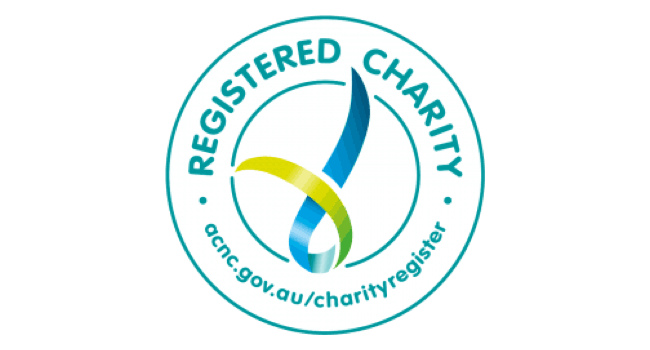As a Parent Club you will often need to get publicity for the campaigns or events you run. It may be to publicise the good things that are happening in the school or to lobby for improvements. It might be very simple things such as letting people know about the annual fete or other special happenings. Whatever the reason there are a variety of ways and means to do this. Some of the main ones are described in this section.
You will use publicity for three main reasons:
- Informing – to increase the amount of knowledge people have about the issue.
- Persuading – to challenge people’s thinking and to encourage them to take action by raising their level of awareness.
- Influencing behaviour – to motivate people to take action.
Communication channels
In the digital age, even small groups can take advantage of social media and other online technologies to spread their message. Some of the communication channels outlined on our Keeping in touch with members page are also useful for reaching out to a wider audience.
Most of your communication will probably be reaching out to families within your school community, but sometimes you may want to get your message out to the wider world.
Guidelines
- Know your audience: The more you know about your audience, the more you can tailor your communication efforts to suit them and the more effective you will be. Never assume that the people you want to reach know what you know, care about the same things you care about, or even act the same way you would act in the same situation. Just telling them what’s happening might do nothing to move them. Your publicity is designed to get them to act and if you are communicating to different groups you may need to use different wording, different appeals and usually different media channels to get your message across effectively.
- Be clear about your goals: What is the outcome you want? If you’re running a fete, your desired outcome will probably be “That lots of people attend the fete.” Or if you’re campaigning on an issue, it might be “That lots of people sign the petition on this issue.”
- Use more than one channel of communication: Research has shown that the effective use of combinations of different sorts of publicity is far more influential than use of a single form. There are several reasons for this:
- If one form of publicity doesn’t reach a particular audience, another may;
- Some kinds of information are more effectively presented in visual media such as photographs, TV, online, etc.;
- When people hear about some things through several media channels they tend to regard the messages as more important.
- Use the language of your audience: The language style, examples and images you use should be tailored to the people whose attention you are trying to attract. If you are trying to communicate with culturally and linguistically diverse audiences it’s a good idea to find a spokesperson from their group who can act as an effective bridge, and assist you in making your publicity material multi-lingual.
- Strive for clarity: Use simple language and simple images to convey your message. Don’t try to convey the fine complexities; you will need to do that person to person or in other ways.
- Use repetition: Stress your message by restating your main points in different ways and use different media channels to communicate the same message.
- Back up by word of mouth: Always reinforce your formal publicity as best you can by using interpersonal channels – talk to key people in your community who you know. Try to get people to make public commitments to your cause e.g. if you publicise the issue with the mayor or local member and get her/his commitment, you can then use that in future publicity.
- Use the ‘bandwagon’ effect: With permission, spread the word via those who are in support.
- Think Boldly: Use attention-getting devices for your publicity. Make sure they reinforce your message rather than drawing attention away from it.



